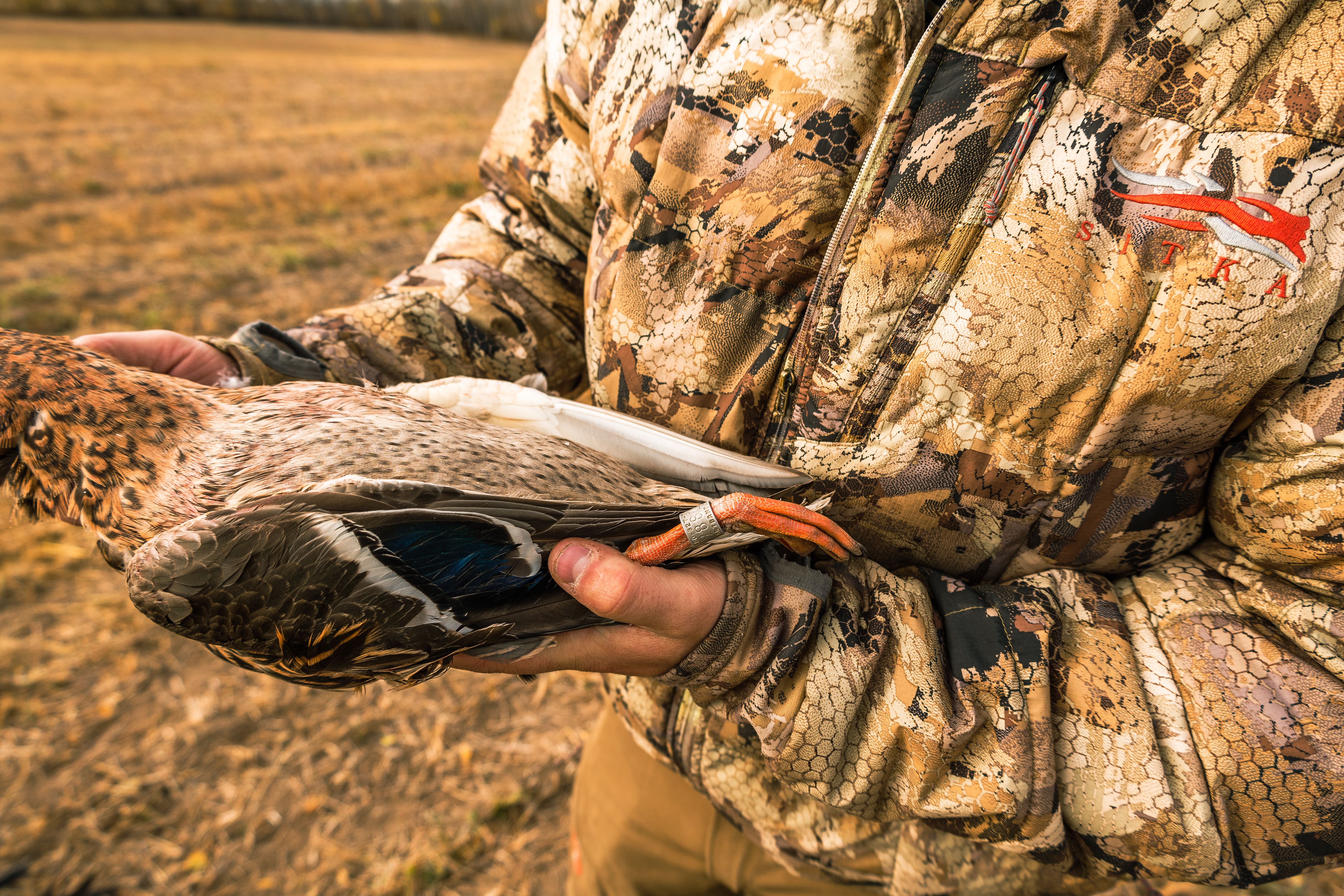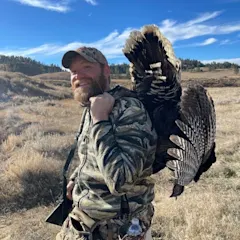Another round of DOGE-led layoffs is expected to impact the Department of the Interior in the coming days, and it could have serious implications for the future of migratory bird hunting in North America. On the chopping block this time is the USGS-administered bird banding program, which serves as the science-based foundation—and the legal justification—for duck and goose seasons nationwide.
"USGS employees within the Ecosystems Mission Area, which includes the Bird Banding Lab, have been instructed to develop plans for disposing of vehicles and supplies," notes a reliable source in the conservation world speaking to Field & Stream on the condition of anonymity because they work closely with Federal scientists. "If the Bird Banding Lab is shut down, the bird banding program will no longer exist, and essentially all migratory game bird harvest management plans are dead in the water as written. That’s not an exaggeration."
Ecosytems Mission Area "Slated for Elimination"
According to recent reporting from the Beltway-based Government Executive, roughly 1,000 USGS employees—mostly within the Ecosystems Mission Area (EMA)—are slated to be fired as soon as May 24. It's part of yet another reduction-in-force, or RIF, that's been in the works since mid-March, according to POLITICO's E&E News. The layoffs were supposed to begin on May 15. But on May 10, a judge in the Northern District of California issued a restraining order blocking the firings for at least two weeks. With her ruling, Judge Susan Illston argues that DOGE lacks the statutory authority to order large-scale layoffs at federal agencies. But the Supreme Court has already upheld previous layoffs for probationary employees—even after a federal judge deemed the firings illegal.
For waterfowlers, shooting a banded bird is cause for celebration. Duck hunters display bands on lanyards next to calls, and some submit their data to the USGS to learn more about the banded bird they shot. Hunters lucky enough to shoot a bird with a "reward band" even get a $100 check when they send their banding number to federal scientists.

Bird banding data is key when it comes to setting seasons for ducks and geese. Because waterfowl migrate across state and international borders, the federal government oversees their hunting seasons. And that's only possible thanks to the data gathered by the banding program and during the annual Breeding Bird Survey.
John Kanter is a Senior Wildlife Biologist at the National Wildlife Federation, a conservation organization that was founded by duck hunting luminary Ding Darling in the wake of Dust Bowl during the Great Depression. A waterfowler himself, Kanter tells Field & Stream that without bird banding data, the normally routine season-setting processes that allows duck, goose, and other migratory bird seasons to go off without a hitch would be thrown into a state of chaos and confusion.
"My understanding is that the Ecosystems Mission Area is basically slated for elimination," Kanter said. "What would happen to the many years of research and information that the Bird Banding Lab has accumulated there? I don't know. There's a lot of uncertainty."

The USGS spends about $307 million on EMA projects each year, Science reports. In addition to helping state agencies set hunting seasons, the EMA provides conservation support for federally-protected Endangered Species like bull trout. According to the USGS website, the EMA also helps "fish, wildlife, ecosystems, and communities adapt to the impacts of a changing climate"—which could explain why it's being targeted by the Department of Government Efficiency. Numerous programs that address climate change or climate change-related initiatives have been rolled back and stripped of their funding since DOGE emerged in January.

Ed Arnett is the CEO of the Wildlife Society (TWS), a venerable conservation group founded by Aldo Leopold in 1937 and made up of leading wildlife professionals. Arnett tells F&S that the loss of banding data would be a devastating blow not just to waterfowl populations but to all migratory bird species.
“It’s always been a federally run program since it was established in 1920, and banding data has always guided waterfowl and other migratory bird hunting seasons in America,” Arnett says. “ The reason we can shoot 6 or 7 birds in some of the flyways is because banding data from the Bird Banding Lab justifies it. There’s no plan that I’ve heard to replace that if it goes away.”
Read Next: The Craziest Waterfowl Bands Ever Recovered
Kanter urges anyone who values waterfowl to consider where the birds' populations are today compared where they were in the 1920s, when the lab was set up, pointing out that wood ducks nearly went extinct before banding efforts were implemented a century ago. "The scientific management of waterfowl populations created this incredible recovery success story. It's been proven that you can have your hunt, and you can have thriving waterfowl populations too," he says, "as long as you pay attention to the science. We shouldn't throw that away."


